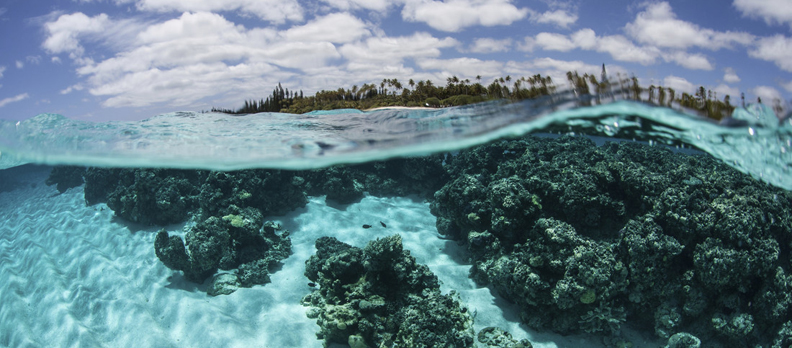Under the idyllic blue skies of Cancun, Mexico, countries converge to talk biodiversity. Sitting alongside a coastline of lapping green waters and grazing turtles, they are tackling the challenges of how to protect and manage the Earth’s plummeting number of species.
With the important agenda of sustaining life on Earth, the UN’s Convention of Biological Diversity (CBD) 13th COP (Conference of the Parties) meets from 4–17 December, 2016.
The MSC plays a vital role in this agenda. Teaming up with the UN as a Biodiversity Indicator Partner.
In 2010 the CBD parties agreed on 20 biodiversity goals, known as the Aichi Targets. Aichi Target 6 states that by 2020 all fish and invertebrate stocks and aquatic plants should be managed and harvested sustainably, legally, and by applying ecosystem-based approaches. It also states that the impacts of fisheries on stocks, species and ecosystems must be within safe ecological limits. Aichi Target 4 relates to the sustainable production and consumption of resources. These targets have strong links to the UN’s Sustainable Development Goals.
Comparing the global catch of wild-capture fisheries to MSC certified catch is one of the ways the UN tracks whether the targets are being met. The closer we get to 100% of global catch being certified as sustainable, the closer we are to reaching Aichi Target 6.
Only a small group of international NGOs are key partners in the Biodiversity Indicator Partnership. The FAO, the Sea Around Us Project, FSC and WWF all contribute indicators alongside MSC.
This partnership places the MSC firmly in the role of contributing to global monitoring of biodiversity conservation. Our data also contributes to the Convention on Biological Diversity’s flagship publication, The Global Biodiversity Outlook.
Continued positive change for oceans
MSC fisheries are often required to improve their sustainability performance while they are a part of the programme. These improvements relate to the three MSC Principles of Sustainability: stock status, minimising environmental impacts, and effective management. Although fishery improvements are not part of the official Target 6 indicator, they do provide additional insight into the challenges facing fisheries, and the changes that are being made on the pathway to sustainability.
MSC certified fisheries will be making 1024 improvements between now and 2020. Of these, 31% will be in stock status and stock assessment, 48% will be in minimising environmental impacts, and 21% will be in making fisheries more effectively managed. This tells us that the most common challenge facing fisheries in the programme is how to manage impacts on non-target species, habitats and ecosystems. Some examples of improvements made in the past are better monitoring of stock health, innovative seabird bycatch mitigation measures, and formation of NGO-industry partnerships (see our Global Impacts Report).
The MSC is committed to the sustainable development of small-scale fisheries in the developing world. The MSC Global Fisheries Sustainability Fund supports critical fishery science research and projects. Applications for this fund are open until 13 February 2017.
What is the Convention of Biological Diversity and why does it matter?
The Convention of Biological Diversity (CBD) acknowledges that the Earth’s biological resources are vital to humanities economic and social development. Since the first Conference of the Parties in 1994, signatory countries have been working to minimise biodiversity loss by making biodiversity part of the world’s cultural mainstream.
With a focus on the conservation of biological diversity, the sustainable use of its components and the fair and equitable sharing of benefits arising from the use of genetic resources, the CBD was signed by 150 government leaders in 1992.

